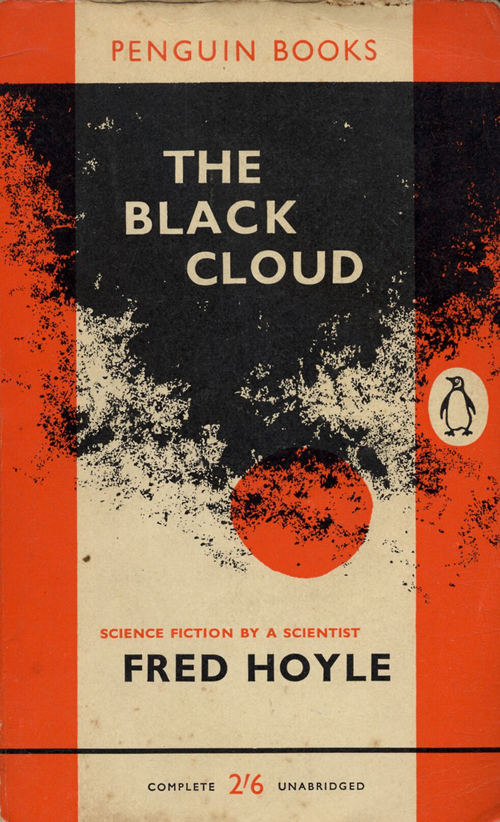Can We Teleport? Find a Wormhole? Survive the Universe’s Death?
Many ideas, once thought science fiction, have become science fact. How will these ones fare?If anyone thinks that, by definition, none of this stuff could possibly happen, it’s worth remembering that many people would have said that decades ago about invisibility or the bionic hand. But here we are. Some things are impossible in principle, some in practice. In other cases, all we can do is see where we are in relation to the problem.
Could humans be teleported to Mars?
With teleportation, as in Star Trek, geologists could get from Houston to Mars to pick up some rocks in
just minutes. Science writer Marcus Chown tells us that one reason the feat was considered impossible in the recent past was the inability to be certain of every atom in a human body, due to quantum uncertainty, so as to duplicate it. However,
… physicists have discovered a trick called ‘quantum teleportation’, which ingeniously allows them to create a perfect copy of a quantum particle at a remote location.
In fact, they can now achieve the feat at multiple locations. This is called ‘quantum telecloning’,
Marcus Chown, “Is teleportation possible?” at Sky at Night Magazine (January 27, 2022)
But at present, it only works for particles.
Besides the fact that the teleporters have to destroy you here to teleport you there, there’s another catch. That’s the amount of energy required to transport a human being:
As Arthur C Clarke has pointed out, beaming up Captain Kirk would take more energy than there is in a galaxy of stars!
Marcus Chown, “Is teleportation possible?” at Sky at Night Magazine (January 27, 2022)
It works better on TV and in the movies:
Can we find a way to use wormholes to travel to distant galaxies?
Using wormholes, we could indeed travel vast light years of universe quickly. The big problem, as Stony Brook astrophysicist Paul Sutter tells us, is that, for wormholes to be viable, the universe would need extra tiny dimensions. A 1999 paper by Lisa Randall and Raman Sundrum explores the idea:
Because these brane-based ideas are attempts to understand gravity, they open up new opportunities to explore the nature of wormholes. Our knowledge of wormholes is governed by general relativity, but perhaps the presence of extra dimensions changes how general relativity operates, thus making wormholes possible, an Indian research team proposes in a new paper posted to the preprint database arXiv.
In the paper, the physicists explored whether it would be possible to build a wormhole in the “braneworld” model first proposed by physicists Lisa Randall and Raman Sundrum in 1999.
The authors of the new paper found that they could indeed build a stable, traversable wormhole in this brane-based model of gravity. Even better, they didn’t need any exotic matter to do it…
The researchers even went so far as to suggest that if we were to ever directly observe or create a wormhole, this might indicate that the universe has more spatial dimensions than the usual three.
Paul Sutter, “We can build a real, traversable wormhole … if the universe has extra dimensions” at Space.com (April 7, 2022)
Other thoughts about wormholes:
Anyway, we must first find those extra dimensions.
And now the biggie: The heat death of the universe
Heat death is the point at which entropy just runs everything down to nothing. John Horgan, author of The End of Science (1996), asks if science can survive (but many people would like to know if people in general could survive):
If you are speculating about our long-term cosmic future, you must confront the second law of thermodynamics, science’s most depressing insight into nature. It decrees that closed systems, which don’t get infusions of energy from an outside source, tend over time to become more disordered. That’s a euphemism for boring. The second law implies that the universe will inevitably lapse into heat death, in which everything, everywhere, is exactly the same temperature, near absolute zero, and nothing ever happens.
John Horgan, “Can Science Survive the Death of the Universe?” at Scientific American (June 16, 2021)
The expansion of the universe means that heat death is speeding up but it still won’t happen for 10100 years (a googol). So the problem isn’t exactly urgent. The sun, Horgan tells us, will burn out in five billion years so even that isn’t urgent. Still, Horgan asked three science thinkers what humans’ chances would be:

Freeman Dyson (1923–2020) has suggested that our descendants might survive as clouds of sentient gas. Astronomer Fred Hoyle (1915–2001) developed the idea of such an intelligent cloud in a novel, The Black Cloud (1957)
Cosmologist Roger Penrose has speculated that our expanding universe could give rise to new universes which would carry the information we have accumulated to the inhabitants of the new universes, a model he calls conformal cyclic cosmology, developed in a 2010 book called Cycles of Time.
Meanwhile, quantum physicist David Deutsch thinks that our descendants may be able to harness the dark energy that is thought to drive cosmic acceleration so that “knowledge-creation” can “continue forever.”
In the real world, keeping a civilization going for 10100 years seems rather a stretch but it exercises the imagination in science fiction. And many things we once thought science fiction do end up really happening.
You may also wish to read:
Invisibility is no longer science fiction (or magic). It’s here. A new technique, the “invisibility shield,” which offers the user near invisibility, is reaching the marketing stage. The invisibility effect — refracting light from the subject’s background toward the observer — depends on optics so the shield does not require a power source.
and
The Bionic Man was science fiction; the bionic hand is not. A recent internet-savvy bionic hand, developed by an American neuroscientist and computer engineer, is the most flexible yet, with sensory feedback. The trouble is, if the new bionic hands are going to help most of the world’s amputees , they can’t cost six million dollars, as in the old TV show.
